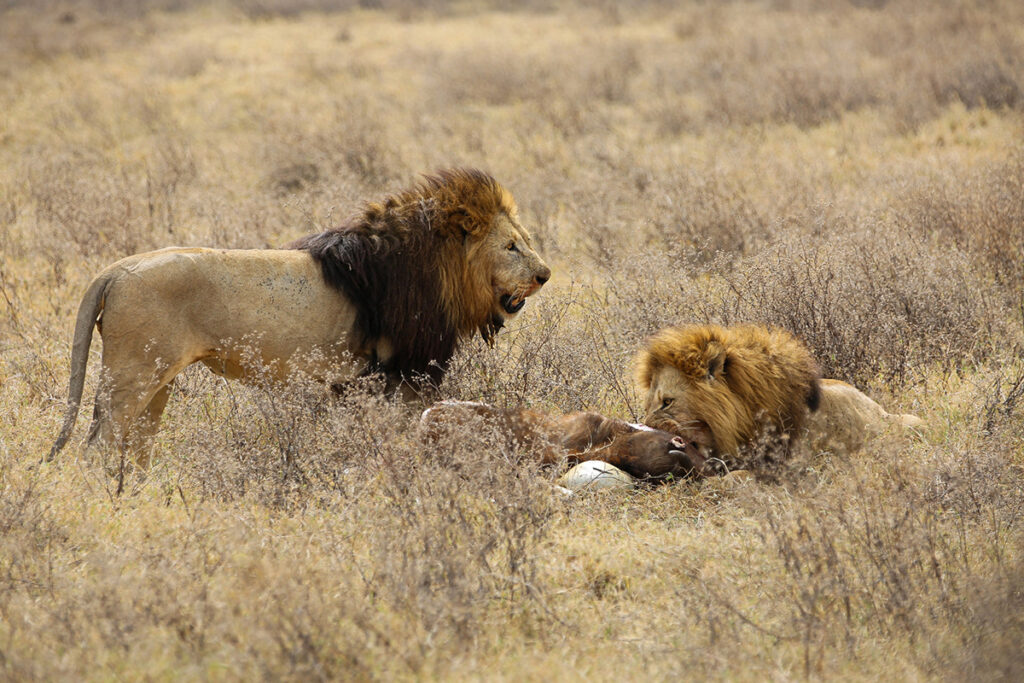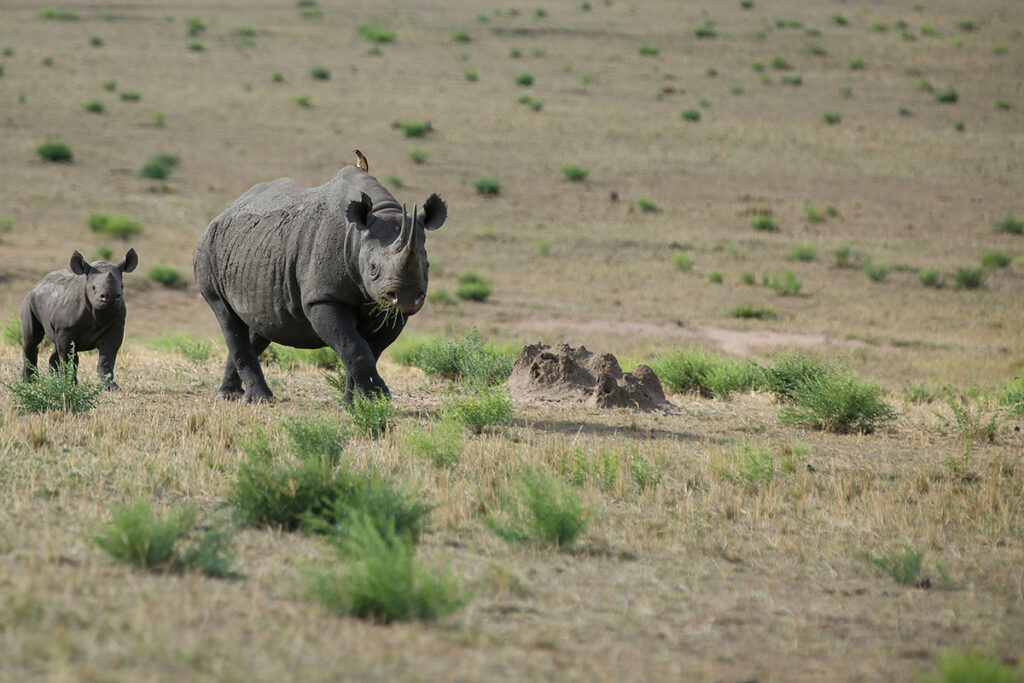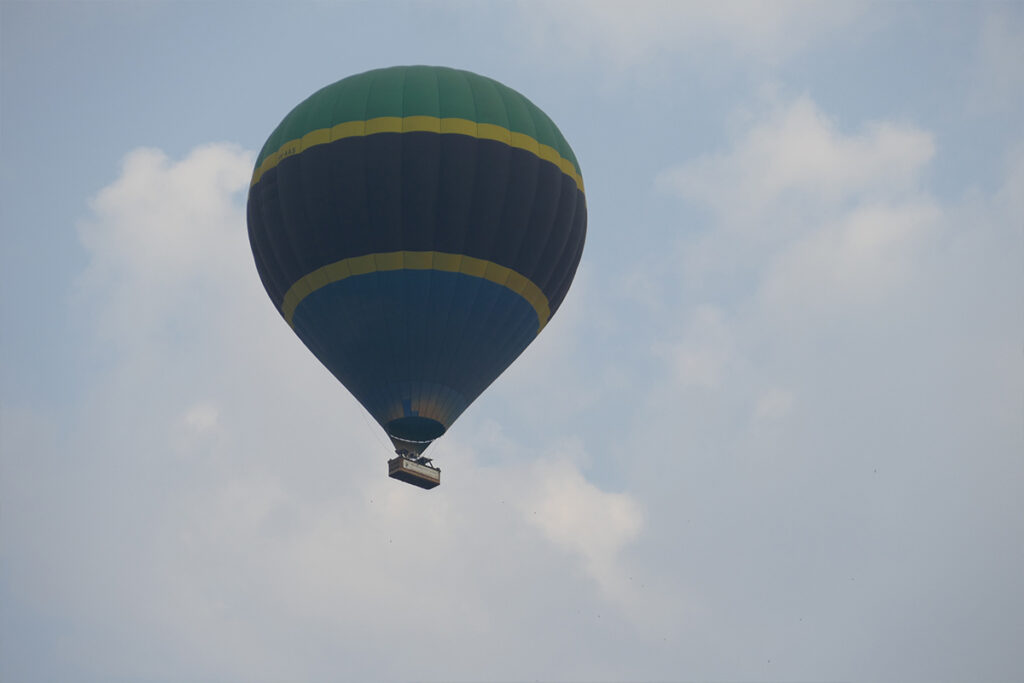Every year, around 35,000 trekkers set their sights on summiting the majestic Mount Kilimanjaro, yet only a portion plan their ascent during the optimal seasons. Leveraging the right time frame can significantly enhance the chances of a successful climb, as weather conditions on Kilimanjaro greatly fluctuate throughout the year. This raises the important question: when is the right time to climb?
The best seasons for climbing Kilimanjaro are typically during the drier months of January to March and June to October. Known for more stable weather and clearer views, these periods not only offer an exhilarating trekking experience but also increase safety on the mountain. Historically, trekkers opting for these months have seen a higher summit success rate, around 70-80%, in stark contrast to wetter seasons.

Best Seasons for Climbing Kilimanjaro
The best seasons to climb Kilimanjaro are during the dry months. These months run from January to March and June to October. During these times, the weather is generally more stable, making it safer for climbers. The views are clearer, allowing trekkers to appreciate the stunning landscapes. Less rain also means the trails are less slippery, reducing risks.
January to March is considered the first dry season, though it’s slightly cooler. It’s perfect for climbers who enjoy a quieter climb. The temperatures are manageable during the day but can drop significantly at night.
- More solitude with fewer climbers
- Possible snow at higher altitudes
- Stunning sunrise views
These unique conditions provide an adventurous experience.
June to October is the peak season when most climbers choose to summit. The weather is warmer, and daylight lasts longer. This time sees the least amount of rain, ensuring better trail conditions. However, it’s also more crowded, which means it’s essential to book campsites and guides early. Despite more people, the chance of clear skies is highly rewarding.
No matter the season, planning and preparation are key. Understanding seasonal differences can enhance your trekking adventure. Remember to consider the pros and cons of each season before making a choice. Also, consult with an experienced guide to help ensure safety. Climbing Kilimanjaro is an unforgettable experience that deserves thoughtful preparation.
When to Climb Kilimanjaro for the Best Experience | Altezza Travel
1. Dry Season: June to October
The dry season from June to October is popular among climbers for good reasons. The weather during these months is generally clearer, providing stunning views of the mountain and surrounding landscape. Rain is rare, making the trails less muddy and safer for trekking. This period coincides with summer holidays in many parts of the world, which means more people on the trail. To avoid overcrowding, early booking is advisable.
Climbing during these months means fewer weather-related delays. The temperatures are warmer, especially during the day, although it can still be quite cold at night.
- Stable weather conditions
- Longer daylight hours
- Best time for photography
These benefits make the dry season the most sought-after time for ascending Kilimanjaro.
However, the popularity of this season means that campsites can be busy. Many climbers appreciate the social aspect, sharing stories and tips along the way. Guides and porters are also more in demand, so it’s crucial to hire reputable and experienced teams. Despite the crowds, the experience remains breathtaking.
The variety of ecosystems one passes through in the dry season is amazing. From lush rainforests to alpine deserts, each landscape offers something unique. The chances of reaching the summit are higher due to favorable weather. Overall, climbing Kilimanjaro during the dry season is a rewarding adventure, filled with unforgettable moments.
2. Early Dry Season: January to March
The early dry season from January to March is also a great time for climbing Kilimanjaro. The weather is cooler, and there are fewer crowds on the trails. This period is perfect for those who enjoy a more serene and solitary trekking experience. The temperatures during the day are comfortable, but nights can be quite chilly. This season offers a peaceful climb with fewer trekkers.
Climbing during the early dry season has its unique advantages. The clear skies during this time provide excellent visibility for breathtaking sunrises.
- Less crowded trails
- Cooler temperatures
- Perfect time for bird watching
These conditions create an ideal setting for a more introspective and quiet adventure.
The landscape is still lush and green just after the short rains end in December. This means that trekkers can enjoy vibrant flora and fauna along the way. The freshness of the surroundings adds to the overall beauty of the hike. Additionally, the risk of rain is minimal, making the terrain safer and more stable.
Guides and porters are usually more available during this season. This allows climbers to secure experienced and high-quality support teams. The cooler temperatures also make the climb less strenuous compared to the hotter months. Overall, the early dry season presents a balanced mix of favorable weather, fewer crowds, and scenic beauty, making it a fantastic choice for avid adventurers.
Optimal Climbing Conditions During the Seasons
Understanding the best climbing conditions throughout different seasons can greatly enhance your Kilimanjaro experience. During the dry seasons, both the weather and the trail conditions are more favorable. Less rain results in drier paths, reducing the risk of slips and falls. Furthermore, the clear skies offer incredible views of the summit and surrounding landscapes. This clarity adds excitement to the adventure, especially for early risers hoping for a spectacular sunrise.
Each season on Kilimanjaro brings unique experiences, impacting visibility and temperature. The early dry season from January to March features cooler temperatures, which many find ideal for long treks. On the other hand, the main dry season, from June to October, offers extended daylight hours. This gives climbers more time to hike and rest at camps. Longer days also contribute to better acclimatization, a crucial element for summit success.
Different altitudes on the mountain present various weather conditions. At lower levels, the climate is warm and humid, ideal for spotting diverse plant and animal life. As you climb higher, the air gets colder and drier. These shifts are more manageable during the dry months when sudden weather changes are less frequent. Stable conditions mean fewer surprises, helping trekkers focus more on the climb.
Taking the right gear tailored for the particular climbing season is critical. Layers that you can easily add or remove are key during fluctuating temperatures.
- Base layers for warmth
- Waterproof shell for unexpected showers
- Sunglasses to protect against bright sunshine
Investing in good gear ensures comfort and safety.
Climbers should prepare themselves for possible challenges even during the best seasons. Altitude sickness can affect anyone, regardless of the weather. Understanding your body’s limits and staying hydrated can help mitigate these risks. Listening to your guides and maintaining a reasonable pace contributes to a successful journey. Being prepared helps ensure that Kilimanjaro remains an unforgettable adventure.
Crowd Management: Comparing Peak and Off-Peak Seasons
When planning to climb Kilimanjaro, understanding crowd dynamics is essential. Peak seasons, from June to October and December to February, see a high number of climbers. This can lead to crowded trails and busier campsites. Guides and porters may be in high demand, making it harder to book the best teams. Early planning is necessary to secure spots during these busy periods.
Conversely, off-peak seasons from March to May and November are less crowded. The trails are quieter, offering a more solitary and peaceful experience. There’s more flexibility in choosing campsites and guides. However, the trade-off includes facing potentially wetter conditions. Despite the challenges, some climbers prefer the tranquility that off-peak seasons provide.
Managing crowds during peak season requires smart strategies. Booking well in advance ensures that you get your preferred dates and guides.
- Avoid popular tourist holidays
- Start your climb on a weekday
- Choose less crowded routes
These tactics help minimize interactions with large groups, enhancing your experience.
During off-peak times, climbers can benefit from more personalized attention. Guides can focus more on individual needs, improving the overall trek. The reduced number of people means less waiting time at tricky sections of the trail. This season also allows photographers to capture the beauty of Kilimanjaro without too many people in the frame. The sense of seclusion can be deeply rewarding.
Besides the number of climbers, the overall atmosphere changes with the season. Peak season is more social, with opportunities to meet fellow adventurers. Off-peak seasons offer introspective solitude amid stunning landscapes. Deciding which season to climb hinges on your personal preferences and expectations. Each season brings its own flavor, making Kilimanjaro a versatile adventure destination.
Key Takeaways
- Best climbing times are June to October and January to March.
- Dry seasons offer stable weather and clearer skies.
- Climbing during these periods is safer with less slippery trails.
- Favorable weather increases chances of reaching the summit.
- Plan climbs early for the best dates and guide availability.




